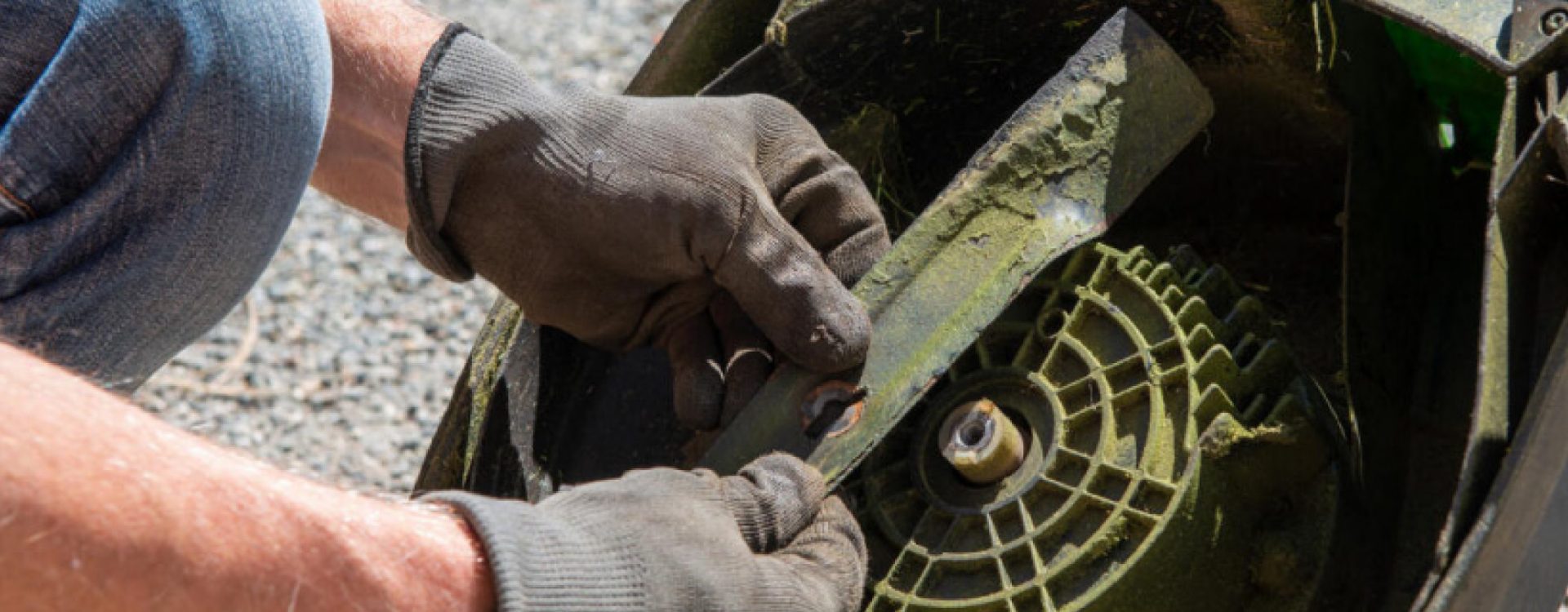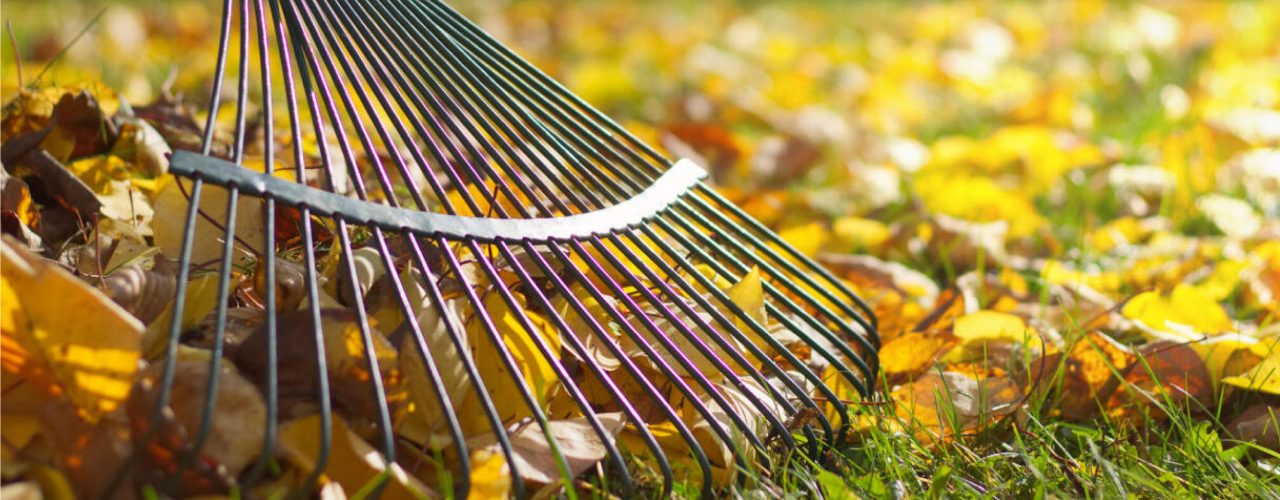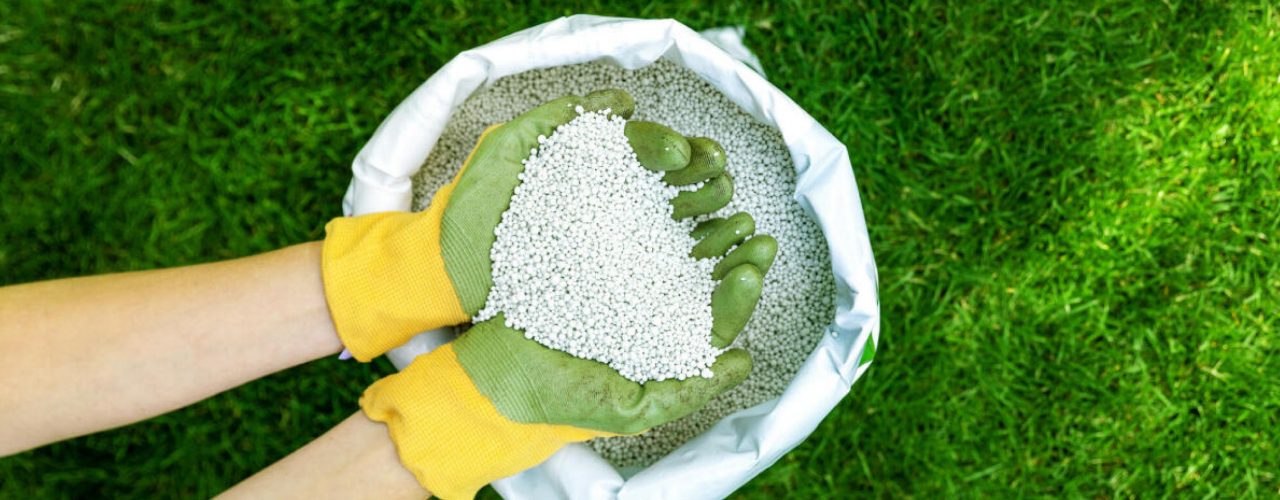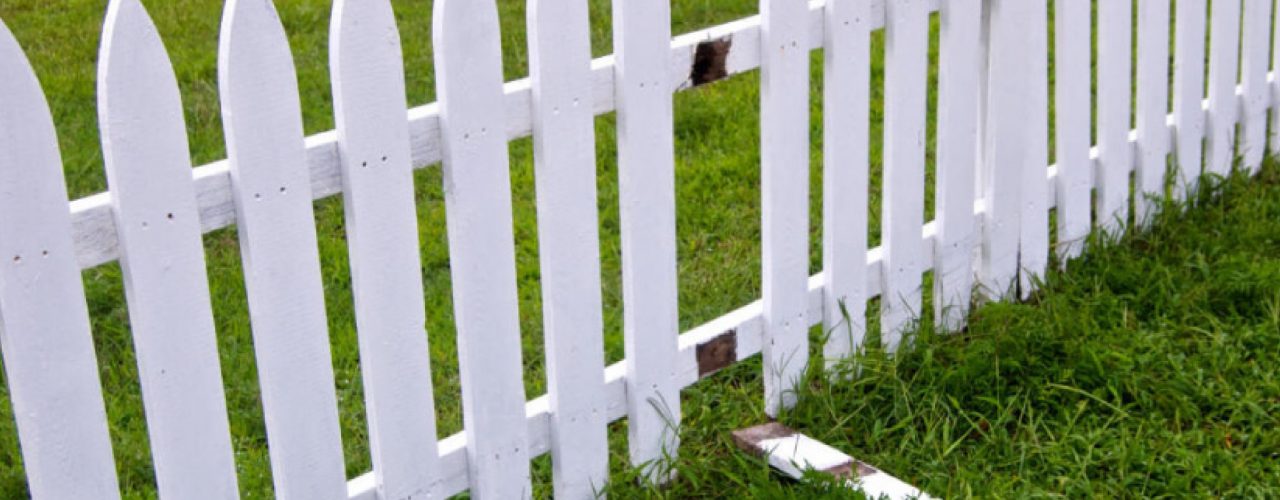Menu

With the arrival of longer days and warmer temperatures, the stage is perfectly set to breathe new life into your home’s landscaping. Whether you envisage an oasis of brilliantly blooming flower beds or simply aim to rejuvenate a lawn weary from winter’s grasp, enhancing your home’s outdoor appeal need not be a daunting task. Leaning on our years of experience in amplifying the curb appeal of numerous homes, we at Prep’n Sell are here to simplify your yard maintenance. By deconstructing what might initially appear as an overwhelming job into manageable tasks, we empower you to transform your landscape effortlessly. Dive into our expert lawn care advice and insightful landscaping tips to ensure your home’s outdoor spaces bloom with vibrant allure this spring.

Before diving headfirst into your landscaping labors, it’s vital to assess and prepare your tools, especially your trusty lawn mower. As it’s your front-line soldier for the spring and summer, ensuring its optimum functionality is paramount.
Begin by giving your lawnmower a thorough once-over. Pay special attention to the blades—dull ones make for a less than ideal cut. To maintain safety, disconnect the spark plug on a gas mower or unplug an electric one before you attempt any close contact with the blades. Sharpening them with a metal file will make for a smooth, clean cut.
Not a fan of getting hands-on? Lawnmower repair shops or landscaping companies can handle the sharpening for you, offering an alternative for preserving both the blades and your fingers.
The height at which your lawnmower operates is crucial—set it too low (below two inches), and you risk damaging your lawn. This over-trimming stunts grass growth, depleting root energy and potentially causing widespread grass death. Adjust the height using the lever by the rear tires to the highest setting.
Remember: A good rule of thumb is to have your lawnmower set to trim no more than a third off the top of your grass. A little preparation goes a long way in keeping your lawn looking lush and lively.

The stalling or non-starting of lawnmowers is often attributed to old gasoline. To sidestep such problems, ensure to run off the excess gas before your last seasonal cut. In addition, examine the oil level in your lawnmower. If the color gauge indicates a darker shade, your oil might be contaminated. Altered consistency is another sign of contamination. Just as with gasoline, changing your oil will help maintain a smooth-running mower throughout the season. Pay attention to the air filter and spark plug of a gas mower as well.
Your landscaping arsenal isn’t complete without tools like a string trimmer, a garden spade, or a half-moon edger. These, too, benefit from sharpened edges, ensuring precision work—so hold onto that metal file even after you’ve attended to the mower blades.
Lastly, remember to clean up your gardening tools and patio furniture. This not only preserves their longevity but also gives you a clearer picture of your inventory, helping you identify any missing or damaged tools that need replacing. Quality tools, when well maintained, should comfortably outlast a few seasons.

After enduring a long winter, most yards could use a little tender loving care before tackling more intensive landscaping tasks. Once you’ve ensured your lawnmower is in top condition, you’ll want to scan your lawn for any fallen sticks or small branches. Removing these not only prevents potential blade damage but also provides additions to your compost pile.
Take a stroll around your property’s perimeter, keeping an eye out for any wayward trash that has settled in your yard or garden beds. If your locale is prone to heavy snowfall, springtime also beckons for the removal of any accumulated gravel or sand near the street or sidewalk. A simple rake usually suffices for this task. This initial clean-up paves the way for a smoother landscaping journey.

Springtime presents the perfect opportunity for homeowners to prepare their garden beds, but patience is key. Wait until a few consecutive dry days have passed to avoid compacting your soil by stepping on it when overly wet. Overzealous gardening on damp soil could wreak havoc on its structure, particularly if it’s clay-based.
The initial stage should involve removing leaves and dealing with any dead plants through trimming or removal. Once these tasks are complete, your focus can shift to preparing the soil for new growth or introducing any new perennials or annuals.
Quick tip: If you’re raring to dig into some gardening but your outdoor soil remains too damp or chilly, consider kickstarting your garden indoors by planting some seeds. This not only provides an economical and gratifying method to guarantee a plentiful supply of plants for your garden beds, but also ensures you’re ready to beautify your outdoor spaces as soon as the weather warms.

Trees and shrubs, common fixtures in many homeowners’ yards, serve as excellent privacy barriers and focal points. A vital part of spring landscaping is a thorough inspection of these natural features. Take the time to trim any damaged or overgrown branches to maintain an attractive shape.
Also, ensure trees and branches steer clear of overhead wires and do not interfere with your home’s eavestroughs or roof. Any such issues should be promptly addressed to prevent risks to power lines or property. When appropriately maintained, trees and shrubs can greatly enhance curb appeal and add significant value to your home.
For most regions in Canada, spring and autumn present the ideal seasons for planting trees and shrubs, giving them a strong start to thrive and flourish.

One of the simplest ways to rejuvenate your lawn and restore its lush green hue is through fertilization. It provides a quick boost to your lawn while enhancing the quality of your soil. However, choosing the right fertilizer is crucial. Past usage of a specific type doesn’t guarantee its appropriateness for your lawn’s current needs.
It’s beneficial to seek advice from an expert who can recommend the most suitable treatment. The world of fertilizers is vast, offering an array of options, from slow-release to pre- or post-emergent blends, and from spot to blanket spray treatments. Understanding the condition of your lawn plays a pivotal role in determining the fertilizer best matched to its needs.
Pro tip: Your trees and shrubs also need their share of nourishment. Conduct research or consult an expert to understand the best types of fertilizers for each plant species in your garden.

Spring heralds the perfect occasion to conduct a deep clean of your deck or patio. Start by assessing whether pressure washing is suitable for your deck or patio material. Patio stones can typically withstand pressure washing or a good scrub with a brush to remove winter debris. For composite decking, a gentle approach is recommended—clean it with warm soapy water and a soft bristle brush to avoid surface damage.
After your thorough clean-up, hose down your deck for a final rinse. Attend to any areas with peeling paint or winter damage by applying a fresh coat of paint. This clean-up process not only enhances the visual appeal of your outdoor living spaces but also extends their longevity.

Winter weather can often wreak havoc on gates and fences, particularly in climates with frequent freeze-thaw cycles. Spring provides the ideal opportunity to inspect and repair any loose boards or misaligned fences. Oftentimes, you’ll find that minor tweaks such as replacing a few missing screws or damaged boards can quickly restore the fence’s alignment.
However, fence posts that weren’t buried deep enough and have shifted due to frost may require a more extensive repair strategy. A lasting fix involves digging out the original post and any residual concrete used for setting. A deeper hole should then be excavated, and a new fence post installed, ensuring it’s positioned below the local frost line. This can be a hefty task and might be better left to professionals unless you’re up for a bit of a workout!

A straightforward way for homeowners to enhance their landscaping is by introducing mulch to their flower beds. Mulch serves a dual purpose—it creates a protective layer for your plants and soil while simultaneously boosting aesthetic appeal. It’s advisable to refresh mulched beds each spring as an easy strategy to augment curb appeal and shield your plants through the summer season.
Mulch can be used to combat areas prone to weed growth. While it won’t eliminate weeds that have already sprouted, it can deter new seedlings from taking root. Additionally, mulch offers protection from heavy rain by aiding in water retention and soil stabilization. It can also shield new plants from harsh sunlight and maintain soil temperature during warmer months.
With a multitude of types and colors available, you have the opportunity to inject your personal style into your landscaping, making it vibrant and eye-catching.
By systematically addressing these spring landscaping tasks, you’re setting the stage for a vibrant and lush yard that’s ready to blossom into its full glory! Approaching this seemingly daunting task with a well-laid plan not only streamlines the process but could also unearth a newfound passion for gardening you never knew existed. Each completed task brings with it a fulfilling sense of achievement as you inch closer to your beautifully landscaped garden.
We welcome your thoughts, questions, or comments below. Do share your favourite spring gardening tips—we’d love to learn from your experiences!
If you found this blog valuable, we encourage you to share it with friends and family who might also benefit. Spreading knowledge and helpful tips is one way we can cultivate a community of well-informed and passionate garden enthusiasts. Your share could be the catalyst for someone’s new gardening hobby!